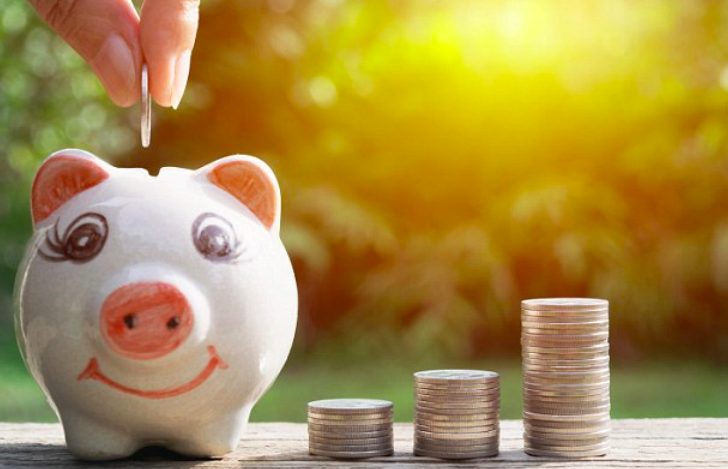The concept of an emergency savings is simply a stash of money set aside to help you manage those surprise expenses that may crop up. These emergency funds could provide you with an avenue to help you steer away from incurring unnecessary expenses which could lead you to debt.
“Increasingly, we find that we are over-burdened with surprise and unexpected expenses which can be frustrating. However, while these are not planned for they sometimes happen on the spur of the moment,” says Ester Ochse, FNB Wealth and Investments, Product Specialist. “Building and maintaining an emergency savings fund can help you get out of the debt trap and gives you an opportunity to meet unexpected financial obligations like repairing a broken window, doctors or even education costs.”
She adds that, “It’s never too late to start saving. You don’t have to put a lumpsum of cash away each month; rather start small and save.” Rule of thumb is to pay yourself first and put away between 10% and 20% of your salary monthly. This step is crucial in the saving process. Ultimately savings needs to begin with you and will form part of your overall savings strategy.
Prioritize your expenses and identify your goals so you know what to focus on. Savings can be overwhelming if not managed correctly. “It is important to have financial goals to drive the habit of saving. Both short and long-term goals are important in ensuring that you meet your objectives for emergency funds. It is important to list the fixed expenses first, then variable expenses. Non-essential costs should be included last and only when there is enough money to pay for them. List your income, for example salaries or wages, income received from investments and maintenance.
These goals will help you manage your finances and at the same time ensure that you have enough for all your expenses. Ensure that you know how much you want to save or contribute each month.
Look at your budget from last year and ascertain what you need to save for. Factor in the emergency savings fund. If you haven’t dipped into your savings fund, let it stand and continue adding to it.
“An emergency savings fund is not a vehicle for your luxury purchases. Grow and maintain your savings fund – it will definitely help you in the future,” concludes Ochse.






